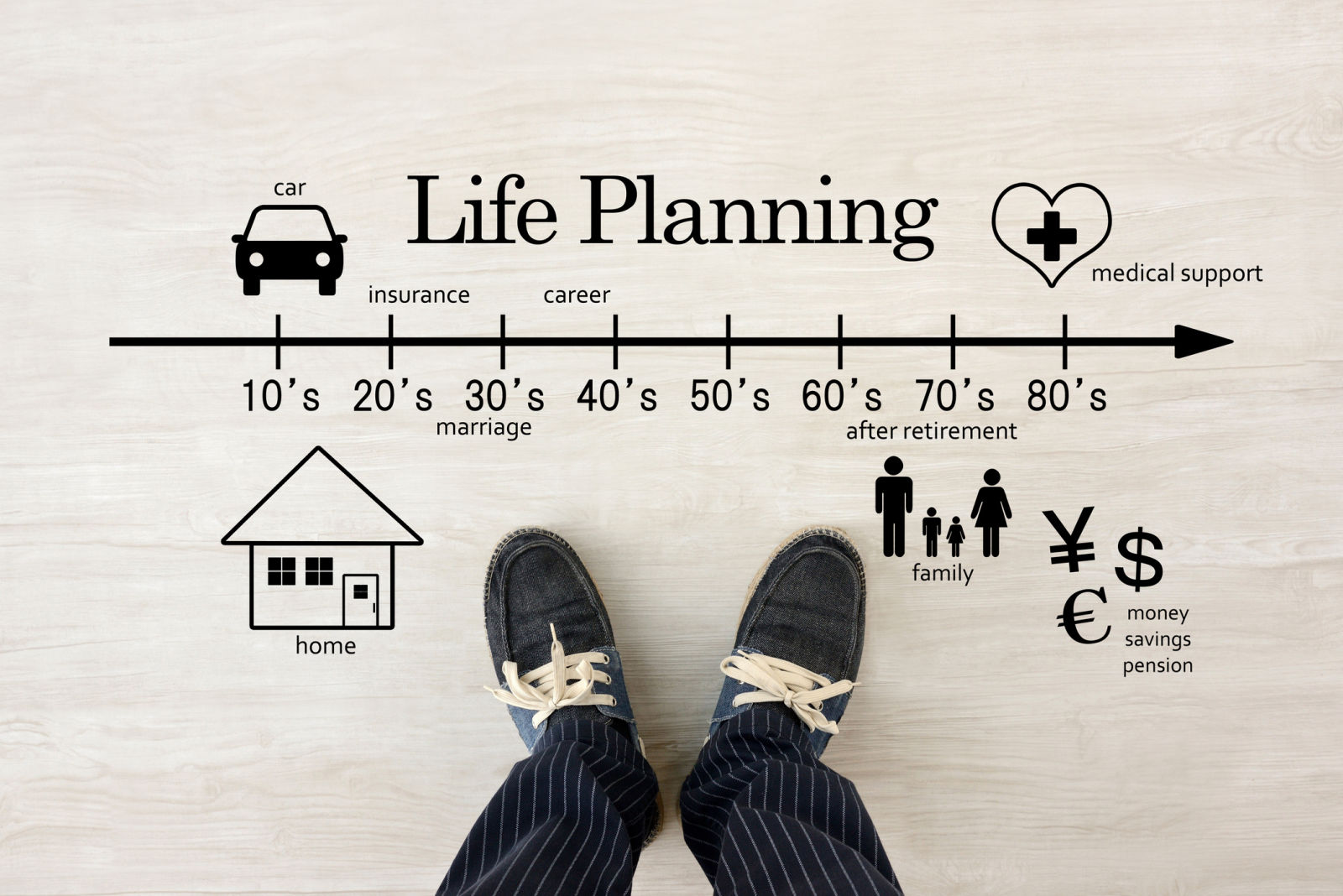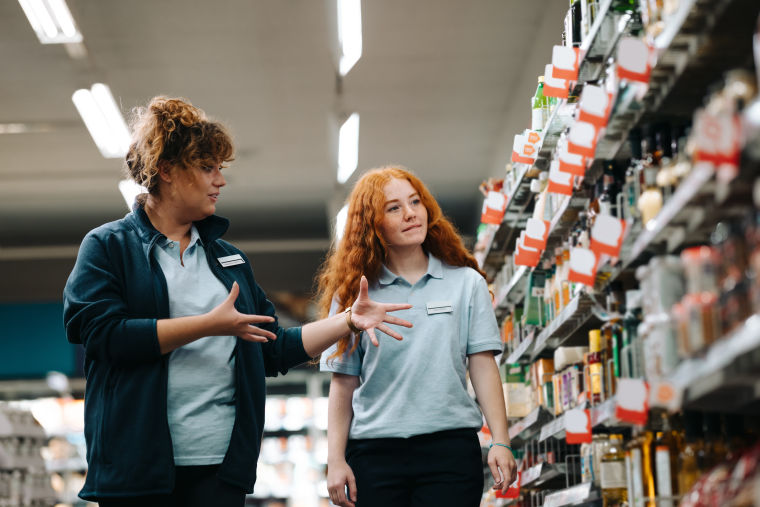Retiring at thirty-five to pursue your dream of living on a farm: does this sound like a fantasy? This is a reality for a growing tribe of FIRE (Financial Independence, Retire Early) practitioners, a movement that essentially values time over money.
The FIRE movement has its roots in a seminal book by Vicki Robin, which lays out guidelines to move towards life outside the traditional rat race. At its core, the formula is to save a high percentage of your income, invest in various assets, and calculate the total amount needed for retirement based on your current living expenses. FIRE practitioners describe their consumption habits across a spectrum. ‘Fat FIRE’ adherents save less money, aiming for a longer road to retirement; ‘Lean FIRE’ adherents live frugally, aiming to retire early; and ‘Barista FIRE’ adherents supplement their income with part-time work.
Several other movements share the idea of opting out of traditional consumerist lifestyles. The earning to give community spends a fraction of their income, aiming to donate the bulk of their income to charity. The 4-hour workweek preaches a minimalist lifestyle, taking ‘mini retirement’ pauses through life rather than deferring retirement for old age. The central philosophy across movements is to downshift lifestyles, saving money towards a variety of goals.
What values do these movements share?
At first glance, the trend towards downshifting lifestyles appears to be a decision to opt-out of capitalistic values and life paths. A more nuanced understanding reveals a deeper philosophy:
The value of time
Conceptualising life as a series of time investments reframes your relationship with money. For example, you could reframe a phone upgrade as a month of your time (the period it took to earn money needed for a new phone). Directly equating material purchases with the time taken to earn those goods enables you to consider the opportunity cost of your time, perhaps prioritising time in more meaningful ways for you. For example, you could take a month between jobs to write a book, instead of buying a new phone. As Robins asks her readers, “What would you spend your time on if you did not have to earn money?”
The advantage of youth
The 4-hour workweek questions the notion of saving retirement for post 65, rather than taking career pauses through life when you have more energy to travel or pursue new hobbies. In a different vein, the investment philosophy in the FIRE movement advocates building investment capital earlier in life to maximise the compounding effect of interest over time.
Prioritising ‘joyous’ spending
Those saving a high fraction of their income, whether to donate to charity or to save for early retirement, actively make spending choices. Adherents report a deeper relationship with money spending on products or experiences that bring joy. For instance, the joy of moving to a larger flat after a salary raise quickly wears off; but spending the money on a trip to South America creates memorable experiences.
Challenging traditional life paths
Those downsizing their lifestyles often reflect deeply on how they want to spend their time and consciously make life changes. Two areas of reflection include work and money. Reflections around work may lead to opting out of the 9-to-5 grind and instead starting businesses or becoming a freelancer. Reflections around money include thinking through how expenditures and investments would change if future income were not guaranteed and consciously choosing what you would like to spend money on.
How is this relevant for brands?
The underlying philosophy behind downshifting lifestyles increasingly appeals to a broader audience, as indicated by the shift towards slow living and reduced expenditure post-pandemic. It is worthwhile for brands to decode and tap into some of these values. Fundamentally, this necessitates reframing the traditional relationship between brands and consumers – an exchange of goods in return for money. Brands need to move beyond offering tangible products to providing an intangible value system.
A few key values could include:
Delivering quality products at budget prices: Consumers operating under tight budgets spend time and effort to find deals on products they deem essential. IKEA has tapped into this space, providing affordable home furnishings for first-time buyers. Other pathways could include providing time-sensitive deals or discounts that necessitate work on the consumer’s end (collecting several coupons, for instance).
Communicating resonant life values: A value-led approach could impact how brands frame their messaging and relationships with consumers. For instance, a car brand could centre their communication around the values of freedom on the open road or using cars as a cheap way to reconnect with the countryside during vacations.
Providing long-lasting products: A desire to downshift lifestyles also intersects with the sustainability movement, in that consumers are willing to spend a little more to purchase long-lasting products. Patagonia has done well here, offering a trade-in program to exchange old jackets for credits towards purchasing new Patagonia jackets.
Doing good by doing well: The earning to give community has re-oriented their lifestyles with the aim of donating a large percentage of their income towards charity. Brands can actively tap into this value space by matching product purchases with donations to charity or distributing products to underprivileged communities. TOMS footwear, for instance, donates a pair of shoes to a child in need for every pair of shoes purchased.
Providing meaningful experiences: A key value of downshifting lifestyles is choosing shared activities that cost little money. Brands can tap into this by either selling experiences - such as products for outdoor picnics - or providing experiences as part of the brand journey. For instance, Culture Kings (a streetwear and sneaker brand in Australia) regularly hosts music and sports events at their retail outlets, encouraging consumers to drop by for a fun day with friends.
At first glance, the movement towards downshifting lifestyles may seem like a threat to brands, but this has created an opportunity to build a coherent value system and deep relationships with consumers.
Sanaya Sinha
Lead Insight & Design Strategy at QuantumSanaya is an experienced qualitative and quantitative researcher with data science skills. At Quantum, her work has spanned a range of categories including FMCG, nutrition, personal care, and technology.
She has also worked in the development and policy research sectors, with a focus on sanitation, adolescent health, nutrition, and public finance.



